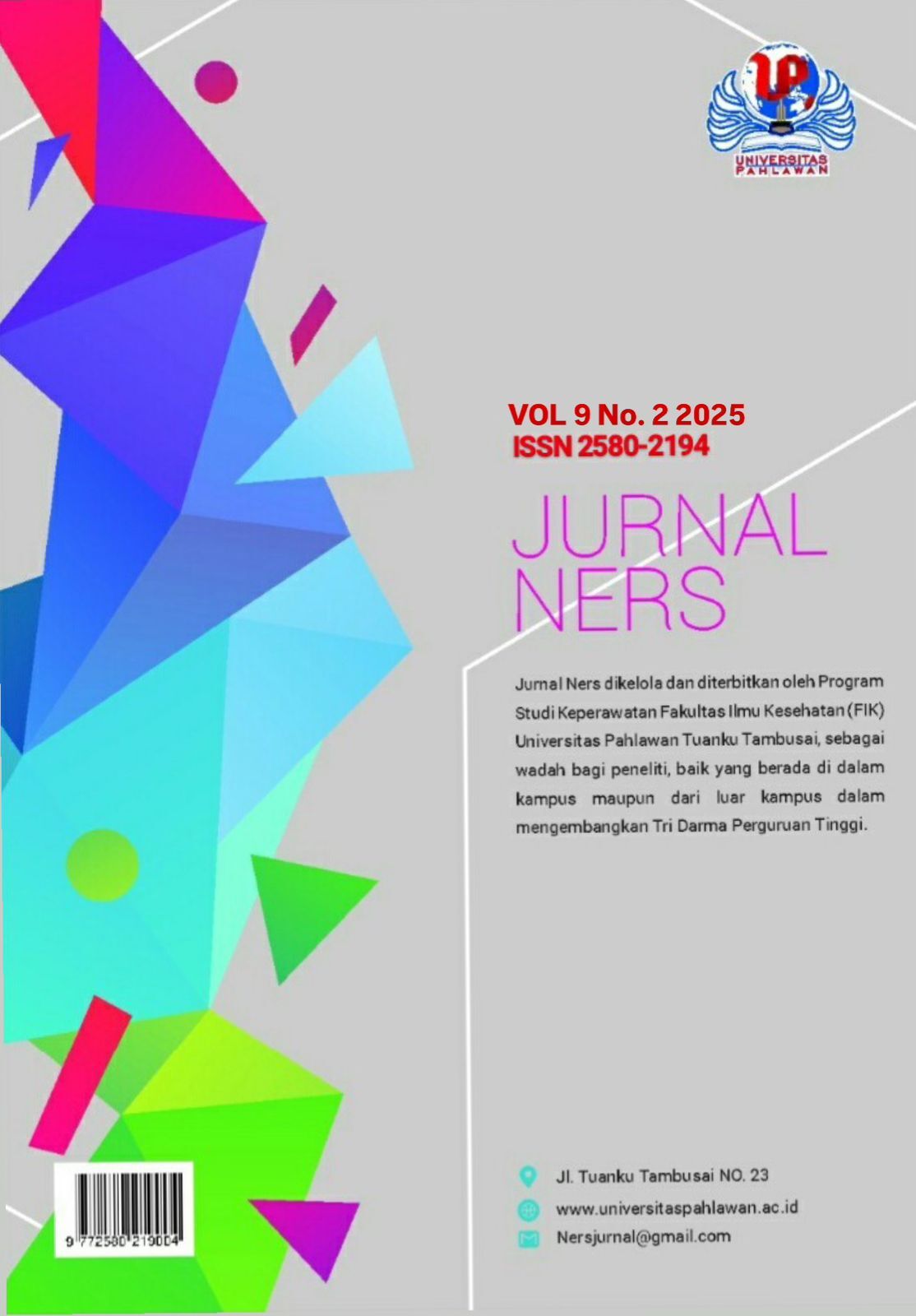Penggunaan BEFAST Sebagai Instrumen Deteksi Awal Stroke di Fase Prehospital : Sebuah Literature Review
DOI:
https://doi.org/10.31004/jn.v9i2.41565Abstract
Stroke merupakan penyebab kematian nomor.dua serta penyebab kecacatan utama diseluruh dunia. Pengenalan dan pengambilan keputusan terhadap Stroke dapat ditingkatkan dengan menggunakan BEFAST (Balance, Eyes, Face, Arm, Speech, Time) sebagai instrumen penilaian awal pada tahap prehospital. Tujuan penelitian ini adalah untuk mengetahui efektivitas penggunaan BEFAST sebagai deteksi dini stroke di prehospital. Desain penelitian ini menggunakan Systematic Review, yang diambil dari PubMed, Proquest, Science Direct, dan Google Scholar dari tahun 2019 sampai dengan 2024. Pencarian artikel inimenggunakan kata kunci Stroke OR cerebra arterial disease AND prehospital detection AND BEFAST. Desain penelitian menggunakan Preferred Reporting Items for Systemic Review and Meta-Analysis (PRISMA) Guidelines. Dari 217 artikel yang ditemukan, 5 artikel yang di review dalam penilitian ini. 5 artikel tersebut (100%) mendukung penggunaan BEFAST sebagai pengenalan awal stroke prehospital dengan sensitivitas dan spesifisitas yang tinggi. Penggunaan BEFAST merupakan aspek objektif untuk deteksi dini stroke prehospital, persiapan aktivasi kode stroke di unit gawat darurat, sehingga dapat mengurangi risiko kematian dan kecacatan.Downloads
Published
2025-02-09
How to Cite
Susilawati, D., Widyawati, I. Y., & Dewi, Y. S. (2025). Penggunaan BEFAST Sebagai Instrumen Deteksi Awal Stroke di Fase Prehospital : Sebuah Literature Review. Jurnal Ners, 9(2), 1422–1428. https://doi.org/10.31004/jn.v9i2.41565
Issue
Section
Articles
License
Copyright (c) 2025 Jurnal Ners

This work is licensed under a Creative Commons Attribution-ShareAlike 4.0 International License.
Authors who publish with this journal agree to the following terms: Authors retain copyright and grant the journal right of first publication with the work simultaneously licensed under a Creative Commons Attribution-ShareAlike 4.0 International License that allows others to share the work with an acknowledgement of the works authorship and initial publication in this journal. Authors are able to enter into separate, additional contractual arrangements for the non-exclusive distribution of the journals published version of the work (e.g., post it to an institutional repository or publish it in a book), with an acknowledgement of its initial publication in this journal. Authors are permitted and encouraged to post their work online (e.g., in institutional repositories or on their website) prior to and during the submission process, as it can lead to productive exchanges, as well as earlier and greater citation of published work (See The Effect of Open Access).








